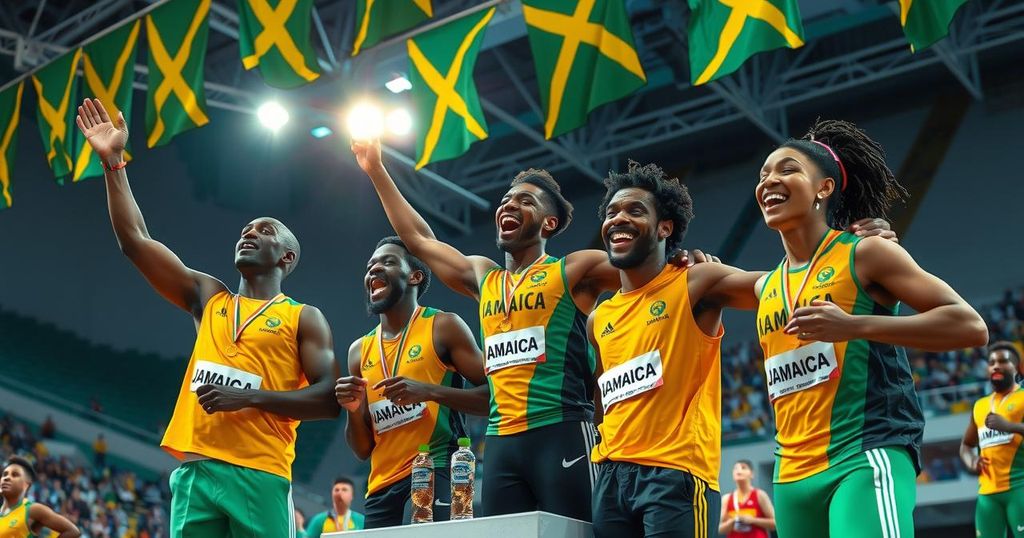This article explores the historical relationship between Pakistan and Kenya in field hockey, emphasizing how their encounters significantly impacted the development of the sport in both nations. Notably, Avtar Singh Sohal recounts his experiences and contributions, reflecting on the glory days of hockey during the 1960s and 1970s, including Kenya’s notable World Cup performance and its influence on Pakistani hockey success.
The evolution of hockey in Pakistan has deeply interwoven with its encounters with Kenya, particularly during an era that witnessed multiple Olympic successes, including the prestigious gold medals in 1960 and 1968. Avtar Singh Sohal, a notable Kenyan hockey player who played in four Olympics, reminisces about the historical ties that have elevated both countries’ hockey standards. These encounters not only enhanced Pakistan’s training but also provided Kenya a platform to showcase talent, culminating in a remarkable performance in the 1971 World Cup, where they achieved a record fourth-place finish. With a historic context dating back to the 1960s, the cooperation between the two nations significantly influenced their hockey trajectories. Despite the decline of Kenyan hockey following independence, efforts have persisted to retain its essence, exemplified by Avtar’s ongoing contributions to the sport.
The article presents a historical overview of the collaboration between Pakistan and Kenya in the realm of field hockey, highlighting its significant influence on both nations’ sporting achievements. It encapsulates the period when Pakistan emerged as a hockey powerhouse and underscores the role of the Kenyan team in Pakistan’s preparatory campaigns for major tournaments. The article particularly reflects on the notable figures and the historical rivalry and camaraderie that defined the hockey landscape during the 1960s and 1970s.
In conclusion, the interrelated history of hockey between Pakistan and Kenya showcases the importance of international cooperation in sports. Avtar Singh Sohal’s reminiscences connect past with present, serving as a testament to the shared journey of both nations in the hockey arena. Although the dynamics have shifted due to socioeconomic changes, the legacy and impact of this partnership remain evident in the continued reverence for hockey in both countries.
Original Source: www.dawn.com




